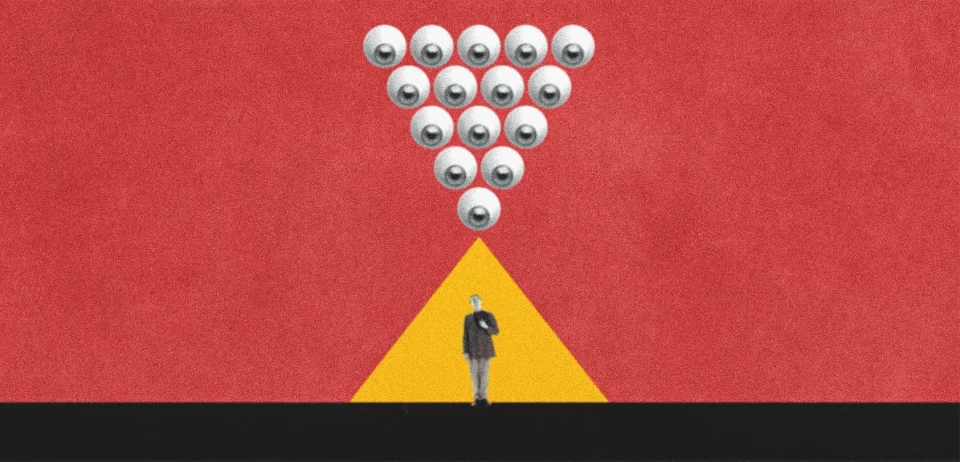
How Social Media Trends Are Influencing Product Development
Browsing through your social media and a certain product seems to appear everywhere? Like every single place you look? The answer is actually simpler than “your device is listening.” Visibility is often due to user generating content: brands target potential audiences and collaborate with influencers to ensure their products appear in your feed.
Customers share reviews, tutorials and experiences, these organic promotions create buzz on social media drawing attention to the product. Social media trends play a huge role in shaping what brands create and how they market their products. From Instagram reels to TikTok trends influencers are showcasing the latest must-have, redefining the way how brands approach product design and development.
Moreover, features like instant feedback—likes and dislikes—has transformed how brands design, features, and market strategies on the fly, based on what’s trending. But how exactly does this work? What does it mean for the future of product development? In this article, we’ll explore how social media is reshaping product development and innovation.
From product reviews to unboxing videos, brands are relying on the real-time consumer insights
Social media is all about direct feedback, unlike traditional methods of relying on surveys and groups—platforms like Twitter, Instagram and TikTok offer brands real-time insights. These insights help brands understand what consumers hate, love and interest in. From product reviews to instant feedback, consumers aren’t shy to share their opinions.
Brands are closely monitoring customers input and working as per their interests and like. Take Fenty Beauty, for example. The brand is known for its inclusive approach to makeup and has used live streaming to engage directly with its audience.
By actively engaging with their followers and listening to their preferences, Glossier develops products that meet the exact needs of their audience. This social listening not only drives product development but also creates a loyal fanbase that feels heard and valued.
Quick reactions to social media trends five brands a big advantage
When a product becomes popular on social media, it gives brands a chance to jump on the trend and create something fresh that connects with what’s happening in culture right now. This phenomenon is evident on TikTok, where a product short promotional video goes viral overnight causing demand for that product.
For instance, the “TikTok leggings”—a pair of honeycomb-textured leggings that went viral for their flattering fit—saw a massive spike in sales after users began sharing their experiences. Brands that recognized the trend and quickly adapted their product offerings to include similar styles were able to capitalize on this viral moment. The ability to be agile and responsive to social media trends is becoming essential in today’s market.
Letting the audience co-create through crowdsourcing innovation
One of the most exciting ways social media influences product developments is through crowdsourcing. Brands are no longer the sole creators of their products; they’re letting their audiences participate in the process. With their interactive polls and question boxes, platforms like Instagram Stories allow brands to ask their followers directly what they want to see next.
A great example of this is Lay’s “Do Us a Flavor” campaign, where the brand asked consumers to submit and vote on new chip flavors via social media. Not only did this generate excitement and engagement, but it also allowed Lay’s to create flavors that were a direct reflection of what their customers wanted. Crowdsourcing innovation through social media is a win-win for both brands and consumers—audiences feel empowered, and brands get to develop products that are almost guaranteed to be well-received.
Influencers powerful impact on shaping both demand and design
Influencers have become powerful players in shaping not only what consumers want but also how products are designed. A single endorsement or collaboration with the right influencer can spark a product’s popularity and drive demand in a way traditional advertising simply can’t match. But beyond driving sales, influencers are now helping shape product design by offering insights into what resonates with their followers.
Kylie Jenner’s collaboration with beauty brand Kylie Cosmetics is a prime example of this. As one of the most influential figures on social media, her insights and personal brand helped shape the product line, from packaging design to the shades offered. By working closely with influencers, brands can create products that not only appeal to their existing customer base but also attract new consumers based on the influencer’s reach and audience preferences.
Brands are turning to social media analytics to improve their design strategies
Social media platforms aren’t just great for observing consumer behavior; they also offer robust analytics tools that can help brands identify emerging trends and preferences. Companies can use this data to inform product development, ensuring they’re creating items that align with what their audience is interested in. Metrics such as engagement rates, hashtag performance, and sentiment analysis can provide valuable insights into what’s resonating with consumers.
Fashion brand Zara has been known for using social media analytics to influence its fast-fashion approach. By closely monitoring what styles and trends are gaining traction on platforms like Instagram and Pinterest, Zara can quickly adapt its designs to meet customer demand. This ability to pivot and respond to social media data allows them to stay on-trend and deliver products that reflect what their customers want in real-time.
Cut the chase
As social media continues to evolve, its impact on product development will grow stronger with time. Brands that understand the power of social platforms and use them to engage with their audiences will be able to create products that not only meet consumer needs but also tap into the pulse of pop culture. Brands must keep an eye on social feeds and latest trends—it might spark the next wave of innovation.


